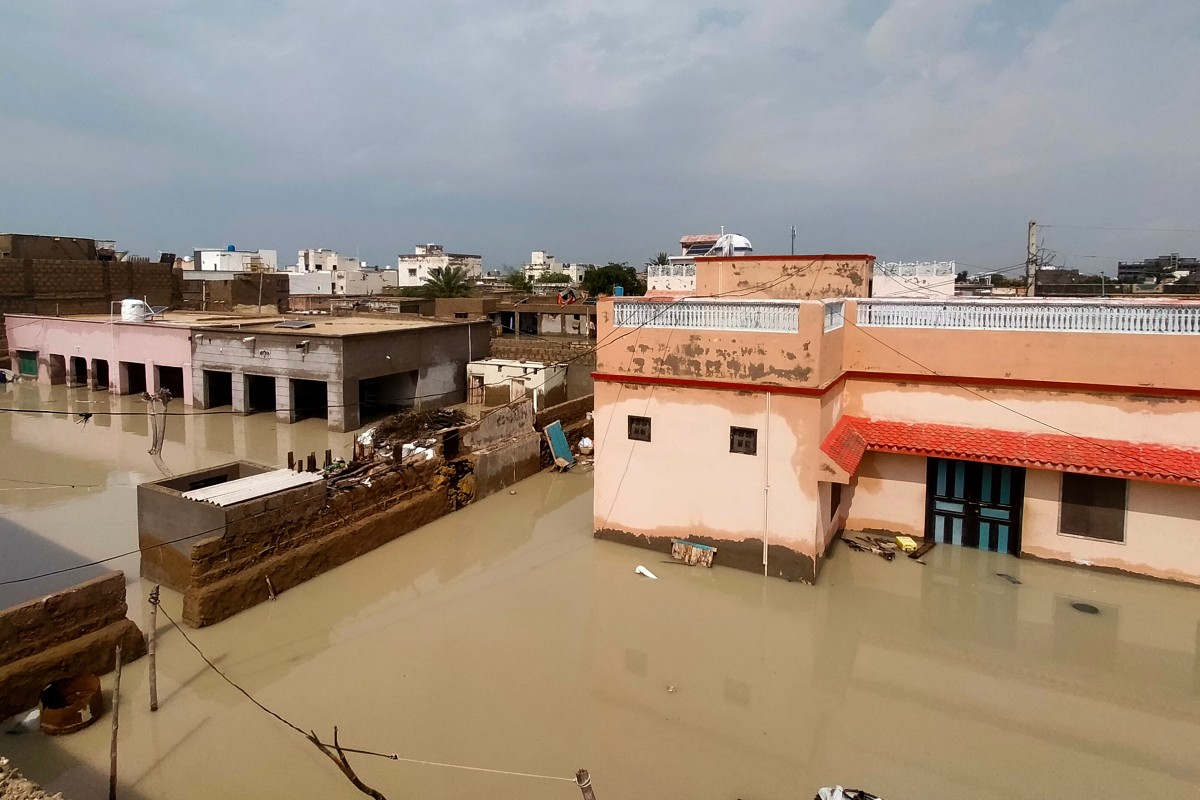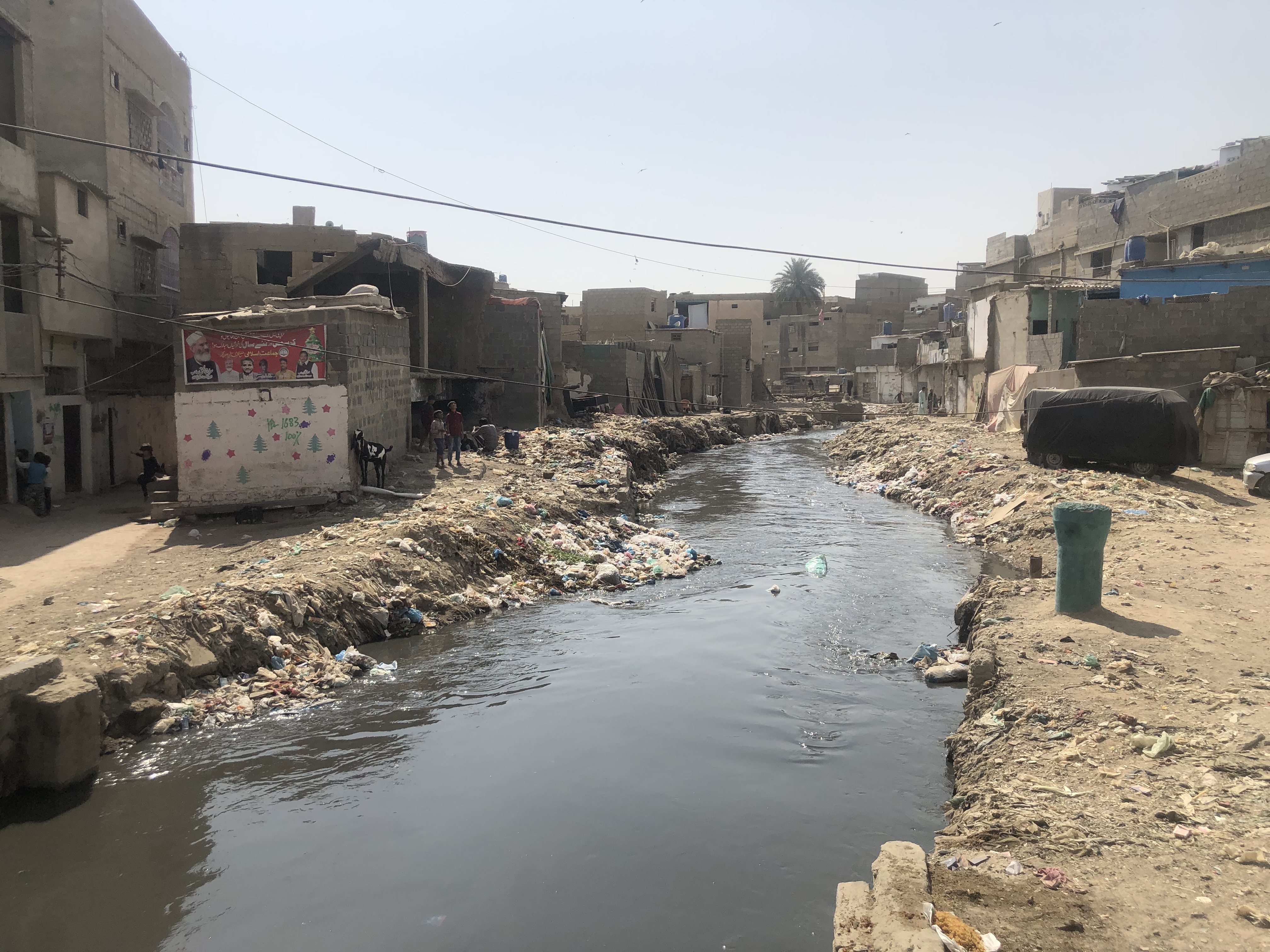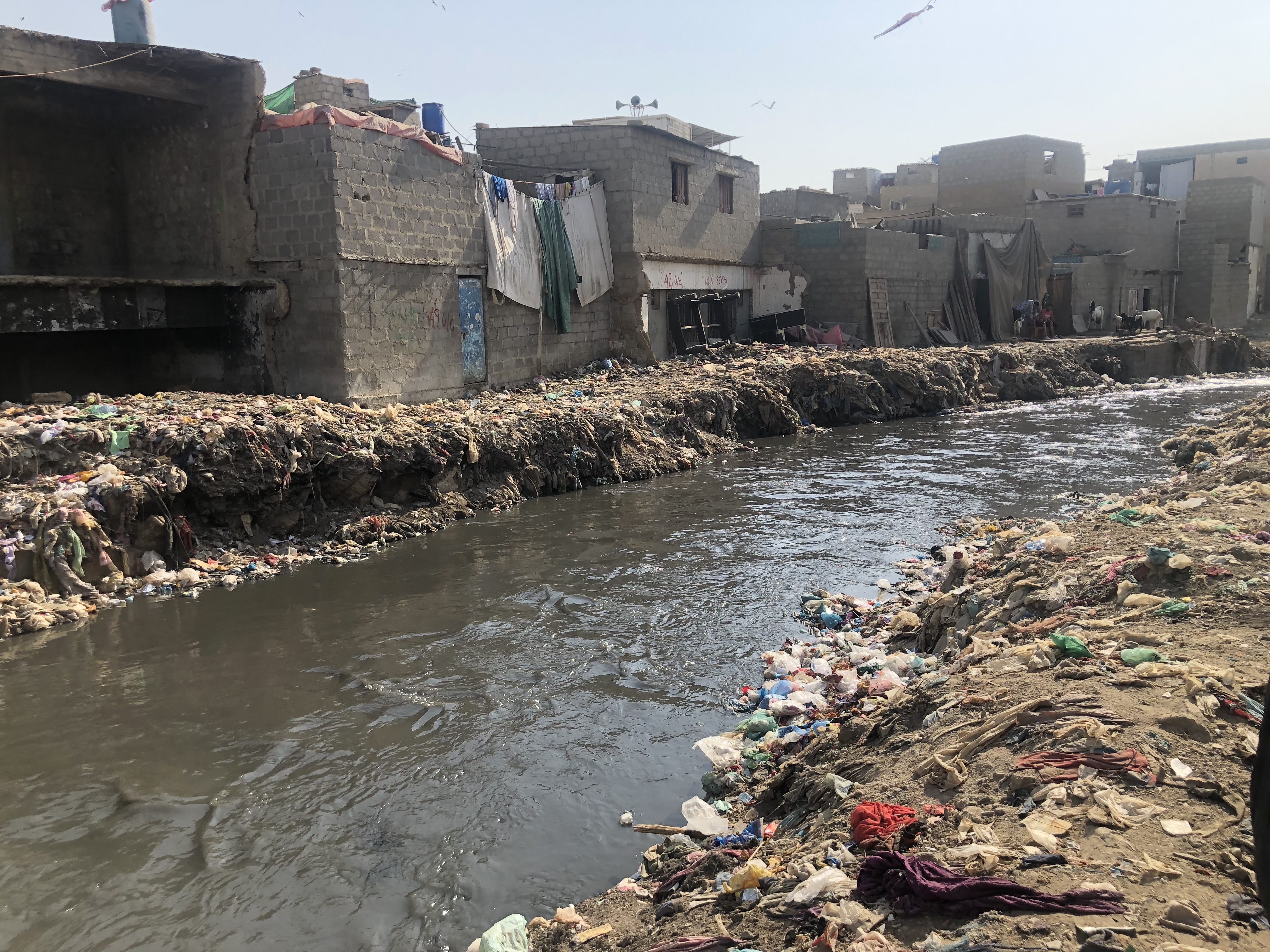Sindh, especially the provincial capital, on behalf of the Pakistan Meteorological Department Sindh Government has imposed a ‘Rain Emergency’ from Thursday evening due to the fear of possible urban flooding in the city after the forecast of heavy rain with thunder and lightning in Karachi from the night of February 29 to the morning of March 2.
Sindh Chief Minister Syed Murad Ali Shah issued a high alert to all government departments to be ready to deal with the emergency and also directed K Electric to ensure uninterrupted power supply to the water board’s pumping stations.
In the pictures and videos released to the media from the Chief Minister House, the staff were seen ready with drainage machines on different roads of Karachi city.
Karachi Police Chief Khadim Hussain Rand directed all SSPs to be on alert to deal with heavy rains.
Despite the forecast of heavy rain and possible urban flooding by the Meteorological Department, no heavy rain was reported anywhere in Karachi on Friday (March 1) and light rain was witnessed in different areas.
History of Urban Flooding in Karachi
During the last two decades, after the rain in Karachi, the news of various areas under water has been coming in the media. After the year 2000, almost every year after the rains, different areas of the city remain under water.
Karachi experienced severe urban flooding seven times from 2000 to 2023 i.e. in 2006, 2011, 2012, 2013, 2017, 2020 and 2022.
In 2020, when Defense Housing Authority (DHA), a very posh area of Karachi city, was flooded, national media attention was focused on DHA Karachi for several days following viral videos on social media.
The opponents of the Pakistan People’s Party, which has been in the government for the past three periods in Sindh, are seen raising questions on the performance of the Sindh government by sharing videos and photos of areas flooded by rainwater on social media.
Similarly, the supporters of Pakistan People’s Party are seen sharing videos and pictures of clean roads and debunking the accusations.
What is urban flooding?
When a city’s drainage system, including the system that drains rainwater out of the city, fails after a heavy rain and a large part of the city is submerged, it is called urban flooding or urban flooding.
In the last few years, urban flooding has been reported not only in Karachi but also in Lahore and other cities. After heavy rains in Balochistan’s coastal city of Gwadar last week, many areas came under water.
Despite the passage of five days in the recent spell of rains, rain water has not been drained from the city of Gwadar and citizens of Gwadar are seen in videos requesting for drainage on social media.
The situation in rain affected Gwadar is still bad.
According to Quetta-based journalist Azam Ulfat, Balochistan Provincial Disaster Management Authority (PDMA) Director General Jahanzeb Khan admitted on Friday that the situation in Gwadar has not improved. According to him, 187 mm of rain fell in Gwadar and its surroundings in two days and the situation has worsened with 97 mm of rain today.
He said that the work of water drainage is going on, PDMA, Navy, District Administration, GDA and other organizations including the army are engaged in the work of water extraction and the residents of the houses in which the water has entered have been moved to safe places. has been delivered.
Not only in Pakistan, but also in the big cities of the developing countries of the world, there are frequent reports of urban flooding.
In September 2023, after five consecutive days of rain in the northern state of New York, several parts of New York City witnessed a flood situation or urban flooding. City roads and bridges were inundated with flood water and metro stations were also submerged in flood water.
Last month, on February 12, videos of roads being flooded and drains boiling in Dubai were also reported due to heavy rain.
According to a study by ‘Science Direct’, an international research organization on health and science, urban flooding has become a challenge in the form of the most devastating natural disaster in different regions of the world, which has become impossible to avoid.
According to the research, the risk of urban flooding has become common in the world, especially in large coastal cities, where not only heavy rains, but also due to the bursting of rivers and waves from the sea, urban flooding takes a very dangerous turn. .
Why is urban flooding normal in Karachi?
According to the Director General of Meteorological Department, Mehr Sahibzad Khan, there are two main reasons for urban flooding in Karachi, one of which is the heavy rains due to climate change and the second is the migration of people from all over the country to Karachi for permanent residence. To turn to.
In a conversation with Independent Urdu, Mehr Sahibzad Khan said: ‘Due to climate change, the seasons are intensifying and the average rainfall of four months is now falling in one day. This is the first major cause of urban flooding in a city like Karachi. Another reason is the huge increase in the population of Karachi city.
People from different parts of the country are moving to Karachi for permanent residence and these newcomers are building settlements without any urban planning. Due to lack of required urban infrastructure and drainage system for growing population, urban flooding is becoming common.’
Former Director General of Pakistan Meteorological Department and Permanent Representative of Pakistan to World Meteorological Organization, Dr. Ghulam Rasool, told Independent Urdu: ‘Due to climate change, the rain pattern in Pakistan has shifted from north to south.
“Earlier, there were heavy rains in the northern regions, but due to climate change in the last two decades, the rains have shifted towards the south, due to which Sindh and Balochistan now get heavy rains.
“Therefore, heavy rains are becoming common in Karachi with the passage of time, which is causing urban flooding.”
Slums built on storm drains are the cause of urban flooding in Karachi?
Pakistan has been consistently included in the list of 10 countries affected by climate change by international organizations and after severe floods in 2020, Pakistan has moved to the fifth position in the list.
According to a report by the United Nations Office for the Coordination of Humanitarian Affairs (OCHA), 3 million people or one tenth of six percent of Pakistan’s total population are affected by severe weather events in Pakistan every year.
According to the report, the world’s fifth largest delta, the Indus River Delta, which is also a Ramsar site under the international agreement, has shrunk by 92 percent in the last two decades. During this period, 1.2 million people migrated to Karachi from the Indus Delta alone, the majority of whom settled in Kuchiabad.
Apart from this, due to the severe floods of 2010, the ongoing drought in the Thar desert for the past several decades, the drought in the Makran Coast of Balochistan, the shrinking of agricultural land in southern Punjab, a large number of climate refugees from these areas turned to Karachi.
Apart from climate refugees coming to Karachi from these regions due to environmental changes, people from Gilgit-Baltistan and Pakistan-administered Kashmir have also come to Karachi due to the increase in incidents of extremism in Khyber Pakhtunkhwa.
According to UNFPA, a subsidiary of the United Nations that works on sexual and reproductive health issues, Pakistan has the highest rate of urban migration in South Asia and by 2025, 50 percent of the country’s population will live in cities. will be transferred.
Due to climate change in different regions of Pakistan, the majority of people who migrate to Karachi are poor and cannot buy houses, so the majority of them live in slums and the majority of these slums are in the city. It is located on the banks of rivers or rainwater drains.
According to the data of Sindh Government Human Settlements Department (former Sindh Slum Authority), there are 580 slums in Karachi city. According to experts, half of Karachi’s population lives in these slums.
In Karachi, the slums along the rivers and large abandoned rain drains are expanding with time and these rain water drains are shrinking, due to which it takes more time to drain the rain water from the city. .
According to a non-governmental organization called Orangi Pilot Project (OPP), there are 41 small and big drains in Karachi city apart from Lyari and Malir rivers, which carry rainwater from the city to the sea and the human population on these drains. A major cause of urban flooding in the city.
The Supreme Court had stopped the provincial government from removing houses built in Gujjar Nala, a major drain in Karachi.
Apart from the canals in the city of Karachi, human settlements have also been built on small and large lakes in recent years. There is a posh town called New North Nazimabad, where houses are very expensive, but this town was completely submerged in the rains of 2020 and 2022. If you search ‘Manghupir Lake’ in Google Maps, this new Nazimabad will be clearly visible on this very lake.
How to protect against urban flooding?
According to Dr. Ghulam Rasool, the housing projects built in the past in Pakistan including Karachi, basic infrastructure and drainage system were not designed keeping in mind the environmental changes. Climate change is still largely ignored at the policy level in the new plans being made, so the effects of extreme weather are visible.
According to Dr. Ghulam Rasool: ‘Sewage and drainage systems should be built keeping in mind climate change to protect big cities, especially Karachi, from urban flooding. The existing system should also be gradually rebuilt to adapt to climate change.
“The temperature of the planet is increasing and South Pakistan is likely to experience heavy rains in the coming years and if the infrastructure is not adapted to climate change at the policy level, there will be serious damage.”
This section contains related reference points (Related Nodes field).
According to NED University Karachi Professor Dr. Nauman Ahmed, who holds a Masters in City Planning from Middle East Technical University, Ankara, Turkey and a PhD in Civil Engineering from Loughborough University, England, drainage systems can be used to solve urban flooding. There is talk of improvement, but it only mentions the rainwater drains, while the water line coming from the houses in the settlements, the drain and then the big drain will have to be fixed.
Speaking to Independent Urdu, Dr. Noman Ahmad said: ‘At one time, North Nazimabad was considered better in Karachi in terms of rainfall because the road height was normal and there was a drainage system along the road and the water ran off easily. used to go, but now the roads are built several feet above the settlements, so the rainwater cannot drain.
He added: ‘To be safe from urban flooding, basic infrastructure needs to be reassessed and all infrastructure needs to be adapted to changing climates.’
For authentic news and current affairs analysis join Independent Urdu’s WhatsApp channel Here Click
#protect #Karachi #urban #flooding
2024-04-26 04:10:09










